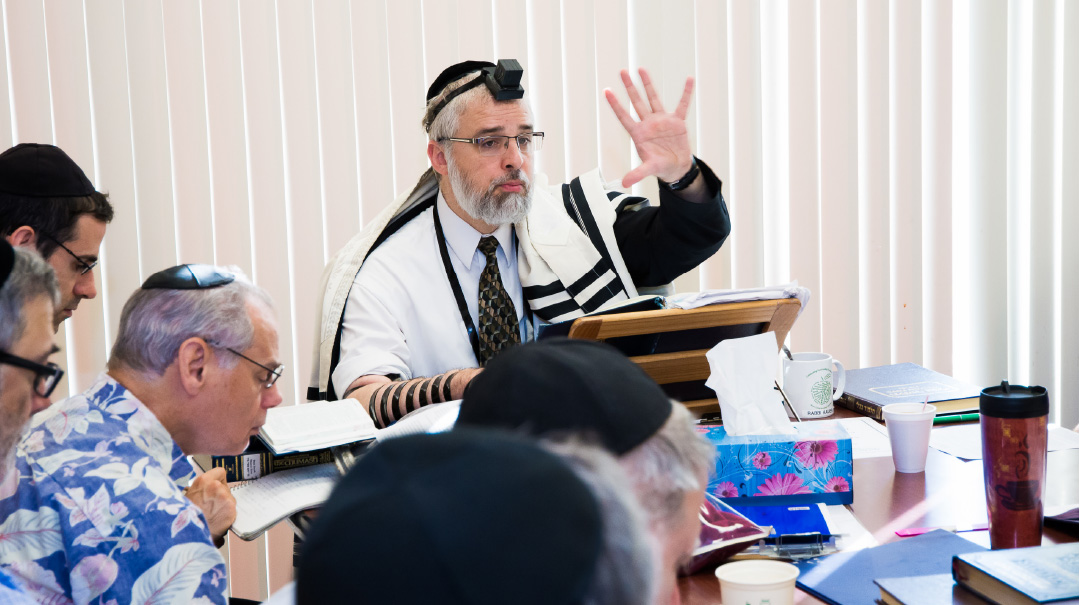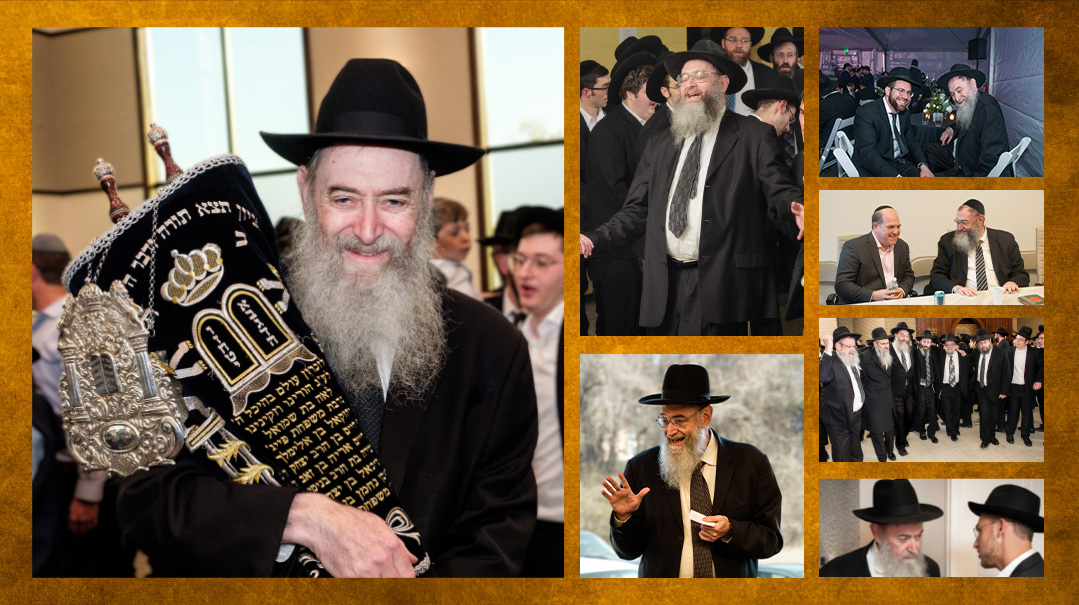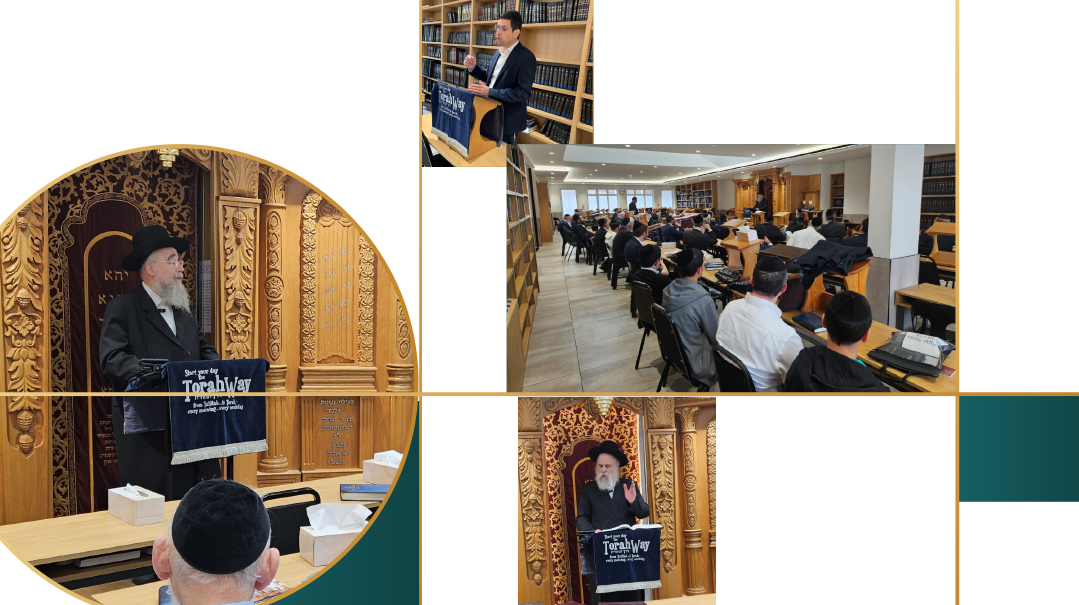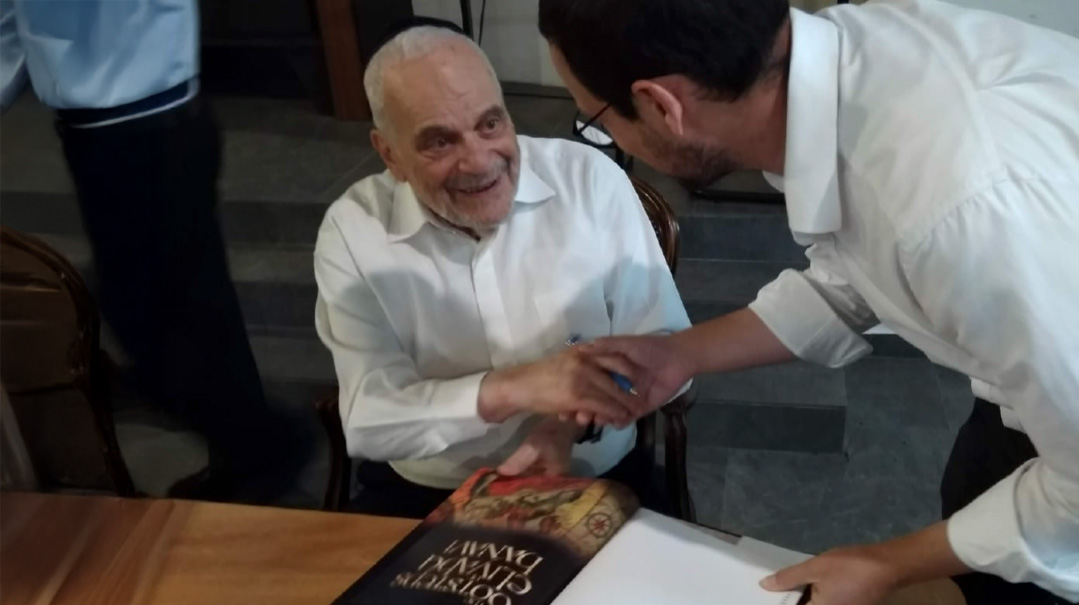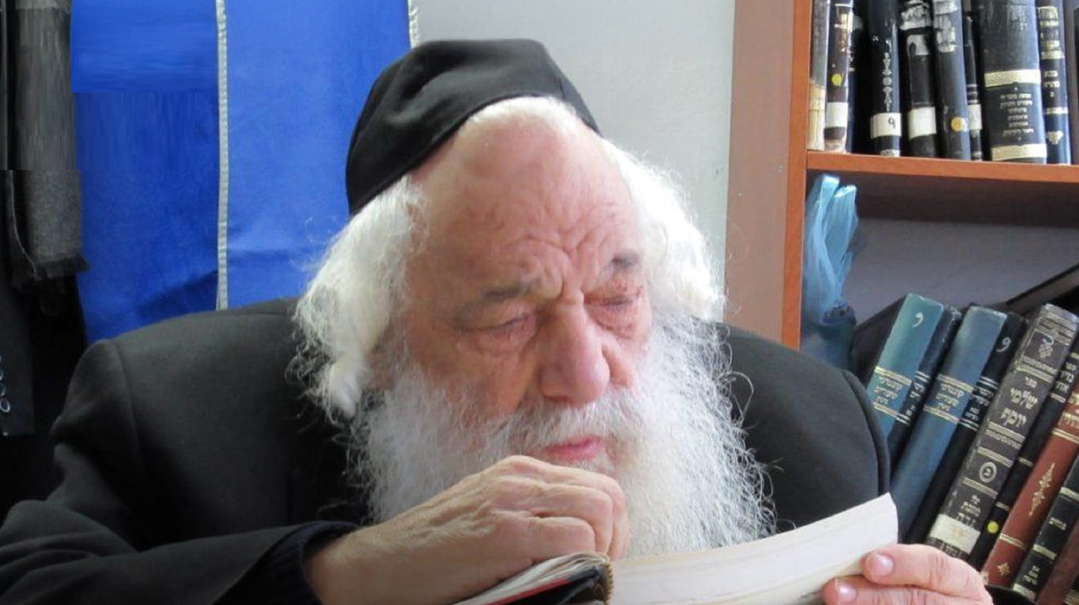No Jew Too Small
| June 9, 2024Tribute to Rabbi Moshe Kotlarsky
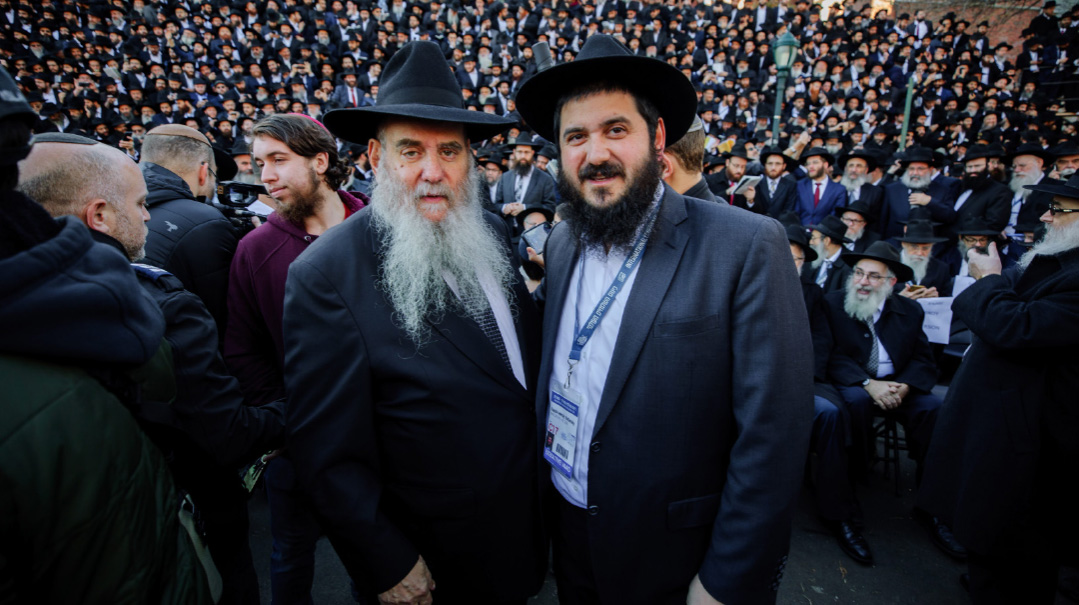
Last week, the Jewish world lost a leader.
On Tuesday, the 27th of Iyar, Rabbi Moshe Yehudah Kotlarsky z”l embarked on his final journey among thousands of journeys.
As the vice-chairman of Merkos L’lnyonei Chinuch, Rabbi Kotlarsky oversaw the operations of some 5,000 Chabad centers worldwide. In a single week, he could be in San Diego, Krakow, London, and Philadelphia, traveling wherever he was needed — which was wherever a Jewish soul was present.
Rabbi Kotlarsky was also the director of the International Conference of Chabad-Lubavitch Emissaries, otherwise known as the “shluchim conference” or “shluchos conference” respectively.
There he’d stand, before thousands of shluchim, delivering impassioned remarks with the confidence and energy that propelled him to accomplish all that he did. He would then take “roll call,” paying tribute to shluchim in each location, identifying them by the country or state in which they were stationed.
“The shluchim from Belgium, please stand up. The shluchim from Azerbaijan, please stand up. The shluchim from Finland…”
And the crowd would cheer, applauding those who sacrificed every convenience to service the Jews in the most far-flung places.
Dedicated as he was, Rabbi Kotlarsky never saw himself, or his position, as authoritative at all. In a sense, he was the greatest of the shluchim — overseeing thousands of emissaries but attributing the entirety of his accomplishments to his meshaleiach — the one who sent them all.
The Rebbe.
From the youngest age, Rabbi Kotlarsky greatly admired the man whose speeches he didn’t fully understand, but whose energy uplifted him all the same.
Speaking to Mishpacha in June 2021, Rabbi Kotlarsky shared the following story: “It was the early 1950s, and I was about six, maybe seven years old. There were only a handful of children in Crown Heights back then, and we all wanted the zechus of doing something for the Rebbe, to connect with him.
“We soon figured out that the best way to interact with him was to hold the door open for him, the large outer door of 770. This way he would look at you and say, ‘Yasher koach.’ But I had a better idea — if I opened the door after Kiddush Levanah, I would get a ‘Yasher koach, a gutte voch, un a gutten chodesh,’ all in one. It was a bargain.”
And so that Motzaei Shabbos, a young Moshe Kotlarsky opened the door after Minchah and remained there, protecting it until after Maariv. He remained stationed at the door, as all the other chassidim proceeded outside to recite Kiddush Levanah along with the Rebbe. Finally, the Rebbe began making his way toward the door.
“The Rebbe came back and looked at me. ‘Were you mekadesh levanah yet, or were you too busy holding the door?’ he asked gently. I admitted that I hadn’t yet recited the tefillah. The Rebbe instructed me to go get a siddur and say Kiddush Levanah, then I was to come to his room.
“I knocked at the door and he opened it, a broad smile on his face. ‘Yasher koach, a gutte voch, a gutten chodesh,’ he said.”
Perhaps it was this ingenuity that inspired the Rebbe’s decision to guide the Kotlarskys on a path quite different from that of most other chassidim.
When Moshe married Rivka Kazen, the daughter of one of the Rebbe’s first shluchim, he, together with his new wife, approached the Rebbe, awaiting instruction as to where to do shlichus.
“We said to the Rebbe that we would go anywhere he wanted us, distance was no obstacle, language was no barrier.”
But keen as they were on going anywhere in the world for the sake of their Rebbe, the Rebbe had other plans.
Rabbi Moshe Kotlarsky’s shlichus was to take place in Crown Heights. From there, he’d spread light to the whole world.
With time he’d assume the role of vice-chairman of Merkos, and in that capacity, spearheaded initiatives such as Chabad on Campus International, which operates on over 230 campuses worldwide, and the Rohr Jewish Learning Institute (JLI). He also founded Merkos 302, a division led by his son Rabbi Mendy Kotlarsky, which has launched programs in thousands of locations worldwide including the CTeen: Chabad Teen Network, Chabad Young Professionals, CKids, Chabad on Call, Mitzvah Society networks, and more.
In his decades of avodas hakodesh, Rabbi Kotlarsky got to see his fair share of stunning instances of siyata d’Shmaya. He shared one such incredible tale.
“The Rebbe once instructed me to go to the Caribbean island of Curacao. When I arrived on the island, I asked a taxi driver to take me to the Jewish center, and after meeting a few locals, I stepped into the street. A fellow hurried over to me and asked, ‘Why are you here?’
“I said, ‘The Lubavitcher Rebbe sent me.’
“The man’s eyes widened in astonishment. ‘Then you came for me.’
“He told me his story. He’d been raised on the island unaware of his Jewishness, but before her death, his grandmother told him that he must marry a Jewish woman.
“She left him with another piece of advice. If ever he encountered any sort of problem, he was to contact the Lubavitcher Rebbe in Brooklyn.
“ ‘I married a Jewish woman and we have a son and a daughter,’ he told me.
“The fellow explained that the local educational system was under control of the Church, and prayer was part of the school day. When the Catholic children prayed, the Jewish children had been allowed to play ball.
“But there was a new bishop who decided that every student must participate in the religious service, and at the beginning of this year, the headmaster forced his son to join. ‘My son refused to go to church, and the headmaster tried to prod him inside,’ the man said. ‘My son resisted, and in the scuffle that ensued, the headmaster ended up on the floor.’
“The man’s son was immediately suspended and had nowhere to go to school.
‘Last night, my grandmother appeared in a dream and reminded me about the Lubavitcher Rebbe. It’s a miracle that you’re here!’ ”
Rabbi Kotlarsky traveled back to New York with the gentleman, who spent Purim in Crown Heights and enrolled his son at the Lubavitch yeshivah.
The man was exhilarated by the experience, and when he returned to Curacao, he wrote a thank-you letter to the Rebbe. He expressed his gratitude and signed off, You touched the heart of a small Jew from a small island.
Rabbi Kotlarsky kept a copy of the Hebrew, typewritten response, to which the Rebbe had added a handwritten annotation with instructions to his secretary, Rabbi Nissan Mindel, to translate into English: “Every Jew carries a piece of the Divine with him, as explained in Tanya, chapter 2… so there is no such thing as a small Jew, as you refer to yourself.”
Rabbi Moshe Yehudah Kotlarsky has completed a 74-year long shlichus. And if he had one final message to the Jews of Belgium, Azerbaijan, Finland, and everywhere else in the world it would be: “See Tanya, chapter 2. There is no such thing as a small Jew…”
(Originally featured in Mishpacha, Issue 1015)
Oops! We could not locate your form.

